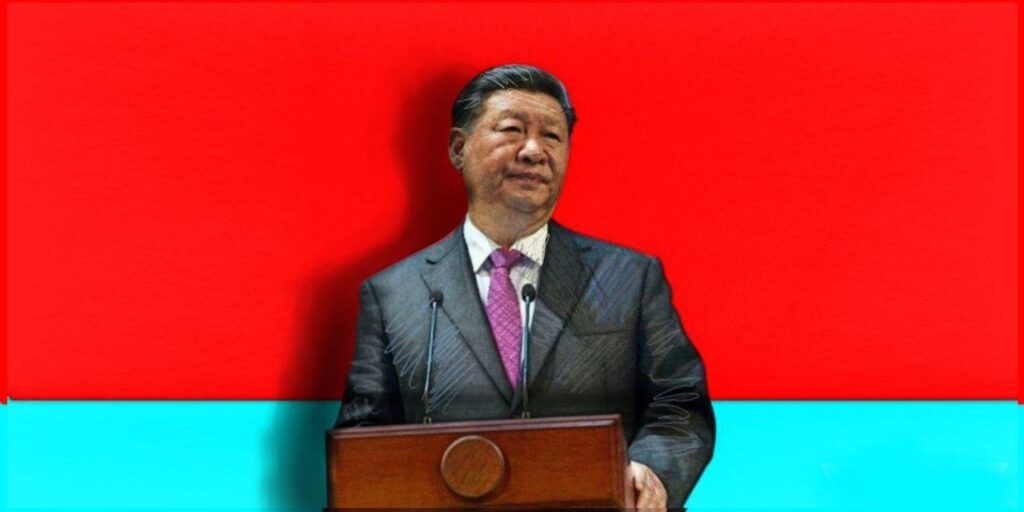Opinion: As Kazakhstan-China Trade Booms, Tokayev and XI Strengthen Relations
On June 16th, Kazakhstan’s President Tokayev hosted Chinese President Xi Jinping and the presidents of Kyrgyzstan, Tajikistan, Turkmenistan, and Uzbekistan in Astana at the second China-Central Asia Summit. The six countries signed the 'Treaty of Permanent Good-Neighborliness and Friendly Cooperation', which reinforced their strategic cooperation in multiple areas, particularly in trade and investment. Aggregate China-Central Asia trade is up 10.4% this year. Kazakhstan is a pivotal player in transcontinental Eurasian trade and integration. Its geographic location, multimodal transport networks, and strategic partnerships with neighboring countries, particularly China, position Kazakhstan as Central Asia’s primary overland gateway to Europe and West Asia. It’s no surprise, therefore, that President Xi Jinping visited Astana – his sixth trip to Kazakhstan and sixteenth to Central Asia. Over the past two decades, Kazakhstan has reclaimed its historic role as a nation of merchants and intermediaries, revitalizing trade routes like the middle corridor and logistics hubs such as Khorgos Gateway—a dry port facilitating container transshipment between Chinese and Kazakh railways en route to Europe. These are just two examples of infrastructure projects in Kazakhstan; there are many more in development. In Astana, Presidents Tokayev and Xi underscored the importance of further socio-economic progress arising from enhanced economic linkages. Tokayev reiterated Kazakhstan’s support for mutually beneficial business opportunities, emphasizing the principle of national sovereignty and independence. Recent trade figures reflect the robust economic ties in infrastructure and connectivity. Kazakhstan’s construction sector, driven by investments in transport, are poised to increase by 6.8% in 2025, according to Kazakhstani economists. Sino-Central Asian trade, according to China’s General Administration of Customs, reached $94.8 billion in 2024, with Kazakhstan accounting for 46% of that total—$43.8 billion—making it China’s largest partner in the region. This contrasts with Uzbekistan, Turkmenistan, and Tajikistan's combined total of $28.1 billion, and Kyrgyzstan’s $22.7 billion, driven largely by re-exports and gold. Kazakhstan remains the anchor economy in Central Asia – the strategic hinge between China and the West – as confirmed not only by the volumes of freight entering and leaving Kazakhstan, but by its upstream and downstream economic benefits, causing a multiplier effect across the country. Over 80% of land cargo from China to Europe passes through Kazakhstan. What factors have led to this development? A key factor has been global demand for raw materials, but that’s only part of the story. What stands out as the principal driver of Kazakhstan’s success in boosting trade over the past 20 years was its commitment soon after independence in 1991 to invest in transport and logistics, while creating a regulatory and legal framework in parallel to facilitate operability. In other words, Kazakhstan’s success is no accident. It was the country in Central Asia to embrace economic liberalization not as ideology, but as a pragmatic approach to address the inefficiencies of a centralized command economy. This visionary approach facilitated economic liberalization, including getting rid of oppressive centralized planning and embracing private capital and deregulation without relinquishing sovereignty. Kazakhstan also pushed ahead in developing a banking sector that over time provided a...






